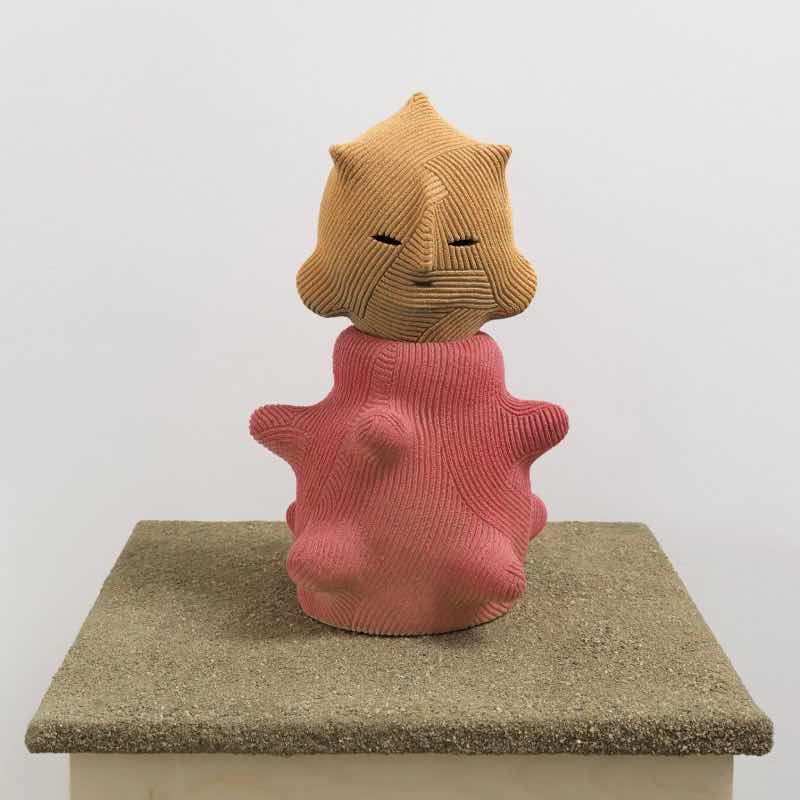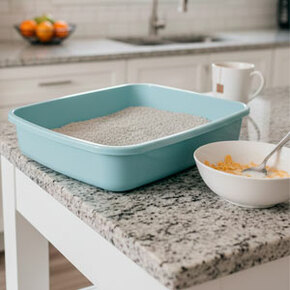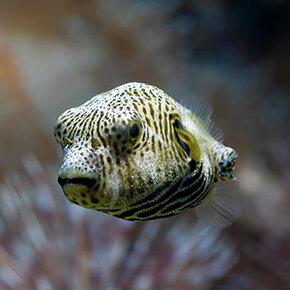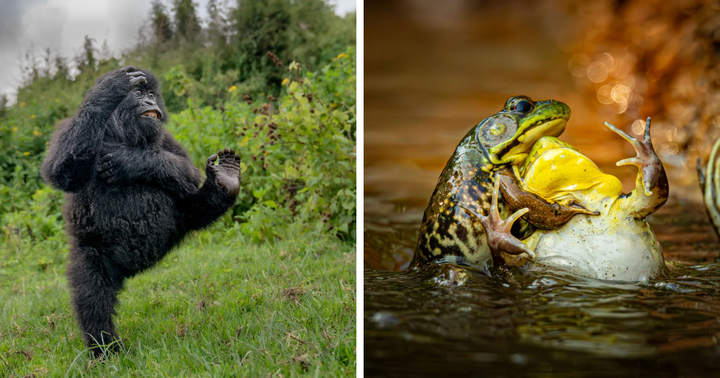The Intricate Art of Pahari Miniature Paintings
During my recent visit to a paintings gallery, I saw a beautiful miniature painting. Fascinated by the fine details of the painting, I decided to learn more about this form of painting and what I learned about this form was equally mesmerizing. If you too want to learn about this beautiful form of painting, then read through the article.
In the North-western Himalayas lies the beautiful town of Chamba. The town is well known for its arts and handicrafts. Such an art is the art of painting beautiful Pahari Miniatures. Inspired by the Mughal art and fostered under the atelier of Pahari Rajput rulers, this art has attained universal recognition attracting many art scholars time and again. The Pahari artists have succeeded in translating beautiful love poetry into mesmerizing paintings.
The creation of Pahari Painting can be divided into three steps:
• Sketching
• Coloring
• Finishing
Sketching: The artist begins the composition of painting with a light color, usually with red or saffron color. The sketch is made on the same paper where the final painting is intended to be made. The artist only creates a structural skeleton of the painting neglecting the details. Details can be added later in the painting when the final lining is done. Once the sketch is completed, the artist applies Khadiya, a white pigment on the paper. Khadiya is used to fill the voids and the cavities in paper. The application of Khadiya smoothens the paper, which makes it easy of the artist to work with painting brush. When the application of Khadiya is finished, the artist uses ghotai, a piece of agate stone to burnish the painting. The process is called ghotai. The process of ghotai can be accomplished in two ways: either on the face of the painting, by placing butter paper over the painting and rubbing with a small agate stone or by placing the painting over a marble slab and rubbing the stone over it. This process not only polishes the paper, but also smoothens khadiya. Once the burnish is done, the artist flattens the paper. Lining is done again over the previous sketch which is visible under the translucent white priming. This time the artist uses a darker shade and covers more details. These lines become the foundation to begin coloring.
Coloring: When the artist finishes with the lines, he begins filling colors. The colors used are both organic and inorganic. While preparing the shades, gum is added to the pigments to improve the brilliance of the color and also enhance its hold on the paper. Several pigments are mixed together to obtain a desired shade. When the desired shade is obtained, artist starts coloring the painting. The coloring is done in a sequential procedure. Artist begins with the topmost corner and ends at the bottom. Usually, lighter shades ate applied first. Colors are applied in translucent state, thus not making them very thick. Artist gives hurried brush strokes over the applied pigments called pardaz. Application of gold is also a significant feature of Pahari Miniature Paintings. The gold color is commonly used in ornaments, vessels and other details. The gold pigment is obtained from powdered gold, which is called halkari. Gold can also be applied with gold leaves which are used to cover large areas. It is applied on the foundation of yellow. Once the coloring is finished, the artist reviews the painting for any improvement. The painting is then taken to the final burnish. This time, the polish is done on a marble stone with a bigger agate stone.
Finishing: Khulai is the last step involved in the creation of Pahari Miniature Paintings. Khulai is the process of lining which is done on the applied color. The artist fills in the details with utmost care. Superfine strokes are applied to create hair texture. Once the khulai is done, the painting is complete the walls of your home or that of a premier paintings gallery.














Got wisdom to pour?